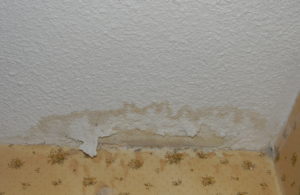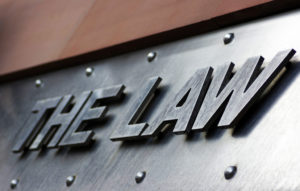“Energy Hogs”
Multi-family communities have an opportunity to enhance their comfort and satisfaction while reducing one of the largest controllable costs they face: the cost of energy. Associations are positioned to simultaneously reduce operating expenses, increase net operating income, improve their image and help protect our environment.
Strategic investments that reduce energy use also improve asset values. Associations should raise awareness about the energy savings potential in their communities by educating residents and providing a path toward higher stages of sustainability. Whether it’s performing energy audits, comparing their energy usage with other communities, or discussing ways owners can reduce costs, associations should involve the community at each stage to educate and engage residents. Partnering with an
experienced Boston property management company to help with these efforts is also an option you might want to consider.
How to Reduce Energy Use
Associations can analyze trends in energy consumption to actively manage operating costs. An energy management program, including benchmarking and tracking of improvements, can identify profitable, energy-saving best practices. For instance, replacing incandescent bulbs with longer lasting energy efficient bulbs saves money while reducing the labor costs associated with continuous bulb replacement.
Whether it’s replacing lighting, windows or other building components, deciding how to reduce energy use requires energy data from the community in addition to comparative data from other multi-family communities. While not an exhaustive list, here are some of the factors to consider:

- Climate
- Age of building
- Water consumption
- Physical layout of property
- Market demand for energy
- Energy requirements of amenities – elevators, HVAC systems, washers, dryers, gyms, garages, and pools.
Reducing Energy Costs
Before starting a project geared to reducing energy use and costs, ask “how many years will it take the monthly energy savings to payback the project costs?” Lighting upgrades, natural gas conversions, control system upgrades and low flow toilets have each saved communities money.
But neither the amount of savings nor the time-to-payback are always consistent across communities. Therefore, communities should benchmark and compare their community to other communities, analyze targeted cost reductions and prioritize them.
Set Goals for Improvements
Communities should get motivated, get educated, and get started toward improved health, home, community, and environment! However, forward looking projections can be met with skepticism if historical data is lacking and energy savings cannot be confirmed. That’s why associations should assess trends in building performance and frame discussions around best practices in energy efficiency.
If $400 – $575 in savings per home per year is the community goal for each owner, perhaps a simple manual could recommend specific actions to maximize the likelihood of goal achievement. For instance, peak energy demand affects the cost of energy. So, in addition to committing to strategic retrofits, communities might use demand management to maximize energy use at off-peak hours.
Measurement Challenges
The numerous benefits of energy efficiency are easier to quantify at the community level than the level of the individual unit owner. For example, the amount of energy savings is affected by the quality of construction and ongoing management in addition to the quality of energy audits. Therefore, investments at the community level should be coupled with the collection of the following basic energy data:
- Benchmarks – total fuel expenses, energy use and current commodity prices
- Monitor opportunities – energy savings opportunities and whether an energy audit is needed
- Analyze trends – energy use projections and demand management predictions
- Measuring Solutions – maintain data on the performance of retrofits and capital projects
- Reporting and Improvement – collect data and compare dataset with energy audit reports
In Massachusetts, legislation is driving change and creating opportunities involving annual benchmarking, required audits and retro-commissioning in large buildings. Associations should evaluate the energy performance of the multifamily building they manage and compare it against itself and other buildings. To make prudent energy decisions, they should develop an energy management plan, compare it with a portfolio of multi-family buildings and measure improvements over time. Associations should lead the way in reducing operating expenses from energy use to increase net operating income and help protect our environment.
The post
A Portfolio Approach to Energy Performance appeared first on
Mediate Management Company.


 In addition to roofs and masonry, the last important area that should always be maintained on a regular cycle is exterior wood and paint. Performing an annual visual inspection each spring on window sills, dormers, siding, and any other painted surface will ensure that wood rot or decay doesn’t go unnoticed. Rotten sills can contribute to masonry damage, since water will filter down past the sills in to exterior walls and freeze during the winter. This will cause the cracks and damages noted earlier.
In addition to roofs and masonry, the last important area that should always be maintained on a regular cycle is exterior wood and paint. Performing an annual visual inspection each spring on window sills, dormers, siding, and any other painted surface will ensure that wood rot or decay doesn’t go unnoticed. Rotten sills can contribute to masonry damage, since water will filter down past the sills in to exterior walls and freeze during the winter. This will cause the cracks and damages noted earlier.



